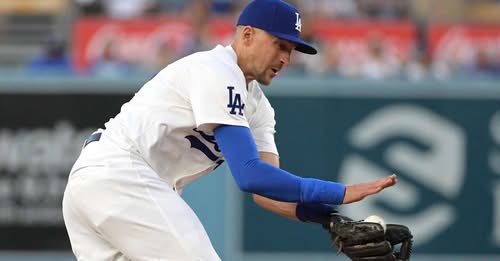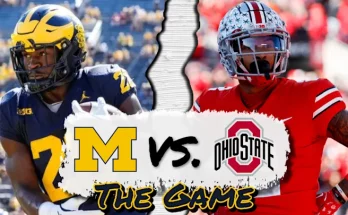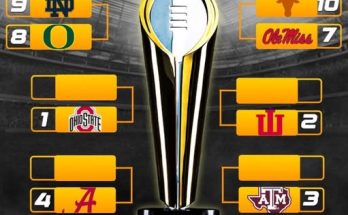The sudden retirement of a former Los Angeles Dodgers infielder has sent shockwaves through the Major League Baseball community and left fans, teammates, and analysts alike scrambling to come to terms with the unexpected announcement. In the world of professional sports, retirements can sometimes be anticipated as athletes gradually wind down their careers, but when a player of notable talent and experience steps away abruptly, it raises a myriad of questions about what led to this decision, the impact it will have on the team and the league, and the legacy the player leaves behind.
The infielder in question had a career that many young players aspire to achieve. Drafted with high expectations, he worked his way through the minor leagues, showing flashes of brilliance at every level. His time with the Dodgers, one of the most storied franchises in baseball, saw him develop into a reliable presence both offensively and defensively. He was known for his versatility around the infield, capable of playing multiple positions with competence, and for his work ethic in the clubhouse. This blend of skill and character made him a valuable asset on a team filled with stars and veterans alike.
Despite a promising trajectory, the announcement of his retirement came as a surprise. No prior rumors of injury or personal issues had leaked to the public, and the player himself had been active on social media, engaging with fans and seemingly enthusiastic about the upcoming season. This lack of warning only fueled speculation. Was this retirement a result of lingering injuries that had never been disclosed? Could it be due to mental health struggles, an area increasingly recognized as critical in professional sports? Or was it simply a personal choice to step away from the game he loved at a time of his own choosing?
In recent years, more athletes have spoken openly about the pressures and mental toll of professional sports. The grind of a demanding schedule, constant travel, and the weight of public scrutiny can erode even the strongest resolve. This infielder’s departure highlights the human side of athletes who, beyond their on-field performances, deal with complex emotions and challenges behind the scenes. It also serves as a reminder to fans and organizations alike to support players holistically, recognizing that their well-being extends far beyond their contributions during game time.
From a baseball standpoint, the Dodgers will need to adjust quickly to fill the void left by his departure. As a player capable of handling multiple positions in the infield, his versatility was an important tactical asset for the team’s manager. The Dodgers have been known for their depth and talent pool, but losing a player mid-season or just before a campaign can disrupt chemistry and strategy. The front office will have to consider roster moves, possibly calling up a promising prospect from the minors or acquiring a veteran via trade to maintain competitiveness.
The infielder’s decision to retire also impacts the dynamics of the clubhouse. Beyond the statistics and highlight reels, players often serve as mentors to younger teammates, contributing to the culture and morale of the team. His presence was reportedly a stabilizing force, someone who led by example and helped foster a team-first mentality. Losing such a figure can leave a gap that numbers alone cannot fill, underscoring the multifaceted role athletes play within their organizations.
Looking back at his career, this player’s journey embodies many of the narratives that resonate deeply in sports. He was not always the most heralded prospect, but through perseverance, adaptability, and commitment, he carved out a meaningful role in one of baseball’s marquee organizations. His highlight moments included key defensive plays in tight games, timely hits that shifted momentum, and quiet leadership that helped guide the Dodgers through both highs and lows. For fans who followed his career, his sudden retirement feels like the closing of a chapter that still seemed to have unwritten pages.
The broader baseball community has also weighed in on the retirement. Former teammates, coaches, and analysts took to social media and sports networks to express their respect and admiration. Many praised his professionalism, dedication to the game, and the positive influence he had beyond the diamond. This outpouring of support reflects the esteem in which he was held and serves as a testament to the impact one player can have beyond statistics and accolades.
The timing of the retirement, whether it coincides with contract considerations or personal milestones, remains a topic of discussion. Sometimes players opt to retire rather than face diminished playing time, minor league assignments, or contract uncertainties. In this case, however, the lack of immediate indication that he was on the decline made the news more puzzling. It suggests that the decision was driven by personal reasons rather than purely professional ones, an assertion supported by the player’s own statement emphasizing a desire to prioritize family, personal health, or new life pursuits.
This retirement also sparks reflection on the unpredictable nature of athletic careers. Baseball, like many professional sports, is filled with stories of comebacks, late blooms, and sudden exits. The physical demands and the mental strain create a volatile environment where career longevity is never guaranteed. For every player who enjoys a long, celebrated tenure, there are many who face abrupt endings, often without fanfare or clear explanations. This infielder’s announcement shines a light on that reality, reminding everyone that behind the uniform is an individual whose path can change in an instant.
For fans of the Dodgers, this moment is bittersweet. On one hand, there is gratitude for the memories and contributions the player made during his tenure. On the other, there is a sense of loss for what might have been had he continued playing. It is an invitation to cherish the moments he gave to the sport and to acknowledge the complex, often hidden factors that shape an athlete’s career decisions.
Looking ahead, the player’s retirement opens new chapters both for him and for the Dodgers. For the athlete, retirement can be a challenging transition, moving from the structure and identity of professional sports to a new life. Many former players channel their experience into coaching, broadcasting, business ventures, or charitable work. Given his reputation as a hardworking and intelligent individual, it is conceivable that he will find success and fulfillment in whatever path he chooses next.
For the Dodgers, the challenge is to adapt and move forward. Baseball teams have to be resilient institutions that handle the comings and goings of talent with agility and foresight. The front office and coaching staff will no doubt reevaluate their strategies and personnel to fill the gap and maintain the team’s competitive edge. Meanwhile, fans will continue to support the Dodgers with the hope that the roster moves and new talents will uphold the legacy of excellence associated with the franchise.
In sum, the sudden retirement of this former Dodgers infielder is a poignant reminder of the unpredictability inherent in professional sports careers. It underscores the pressures athletes face, the personal decisions they must sometimes make away from the public eye, and the wide-ranging impact a single player can have on a team and community. As baseball moves forward without him on the field, his legacy will remain part of the Dodgers’ rich history—a story of dedication, resilience, and the often unseen human side of the game.
The departure may also prompt further conversations within MLB about how teams support players dealing with the multifaceted challenges of the profession. Mental health initiatives, career transition programs, and open communication channels are more important than ever to ensure that athletes can thrive both during and after their playing days. This retirement serves as a catalyst for renewed focus on these issues, reinforcing the notion that success in sports is about more than just statistics—it is about caring for the whole person.
Ultimately, while the baseball world may mourn the sudden loss of a dependable infielder from the Dodgers’ roster, there is also hope and respect for the courage it takes to step away on one’s own terms. His career may have ended abruptly, but the values he embodied and the moments he created will endure in the memories of fans and the fabric of the game. The narrative of this player is a testament to the complexities of athletic careers and a tribute to the individuals who make baseball not just a sport, but a deeply human experience.



